With One’s Own Hands
The Mullen FIVE wasn’t designed by committee - but a very small, very dedicated team
Annette & Andreas Thurner, designers (photo © Thurner Design)
About a year ago, Andreas Thurner bought a house in LA’s Beverly Grove district, not far away from Melrose Place, that was to serve as his home for the next chapter of his life. Specifically, a Californian Art Deco building in need of some care and attention. «We [Andreas and his wife, Annette, who is also a designer, with a background in bespoke and haute couture design] bought the house and started renovating it ourselves. We did this also to show our son what one can create with one’s own hands.»
Early Rolls-Royce Ghost sketch (image © Rolls-Royce Motor Cars)
As the years Andreas spent within the industry had been akin to a succession of several sprints and marathons, he found himself looking forward to a longed-for sabbatical, in that autumn of 2020. By the time he was getting ready for a year of painting, plastering and gardening, Andreas was a veteran car designer with 17 years of professional experience under his belt. His career had started with him creating the exterior of the 2009 Rolls-Royce Ghost, which he penned right after he’d graduated from Pforzheim University of Design and saw all the way through to production. Next up were the the Rolls-Royce Phantom Series II, co-designing the Wraith, as well as the design of the Ghost Series II and the Dawn, before he took a senior role at BMW Group Advanced Design. He eventually moved to California, where he held the post of Vice President of Design at Karma Automotive, supervising the creation of the SC2 concept car.
Karma SC2 (photo @ Karma Automotive)
In late 2020, Andreas was neither looking for commissions, nor had he advertised his services as a designer. Yet in the midst of this home improvement endeavour - not to mention a global pandemic - he was approached by Mullen Automotive, who had been made aware of Andreas’ luxury and advanced design background. On that basis, he found himself presented with a request to design and run the entire design operation for their upcoming electric car. Given his personal ambitions, Andreas’ initial reaction inevitably had to be of the repudiative kind.
He most certainly had no plans to join a company by this point. Neither did he have a team up and running, for that matter. Even so, he promised to get back to Mullen the next day, after having reached out to a handful of key people that he would need for such an undertaking. To his astonishment, each and every one of those select professionals reacted rapturously - leading Andreas and Annette to make a momentous decision that day. «Sometimes», Annette reminisces, «doors open when you are not even aware that such a door exists. So we entered it together.» That unexpected day not merely marked the moment when Andreas had to postpone his home improvement endeavour. It also was the day Thurner Design was established.
«We got talking, and Mullen stated that there simply was no heart-stopping EV in the 50-70.000$ price bracket», Andreas remembers today, «so we decided on trying to create a truly beautiful car. That’s a mission I can get behind.»
Mullen FIVE exterior artwork by Andreas Thurner (image © Mullen Automotive)
The mission Andreas hence chose to accept wasn’t just defined by aesthetic challenges, but equally demanding professional ones, as well. Time was an issue, since the car would need to be designed within a timeframe any established car maker would deem impossible. And then there was, inevitably, Covid-19. If Andreas was to stand a chance at delivering that «truly beautiful» car design, his team would need to be every bit as dedicated as himself. Contrary to standard doctrine, Andreas was convinced the small size of the team wasn’t detrimental to getting the car ready in time and in the quality he was aiming for. Throughout his professional career, he’d experienced that small and flat organisations, composed of skilled, passionate designers and craftsmen are unparalleled in their efficiency. He therefore deliberately chose to keep the team small.
Mullen FIVE Interior sketch by Charles Coldham (image © Mullen Automotive)
One of the key members of this small team was Charles Coldham, a true industry veteran, who’d started his career at Rover in 1972, followed by significant stints at Land Rover, Luigi Colani Design and Rolls-Royce Motor Cars over the following decades. At Rolls-Royce’s design studio, Charles’ drawing board was right opposite Andreas’, when the latter joined the marque as a junior exterior designer: «Charles is simply the best automotive artist I know. Sitting opposite him as a young designer made me raise my game considerably. » The two not only went on to closely cooperate on the Rolls-Royce Ghost (whose Andreas Thurner-penned exterior was complemented by a Charles Coldham interior), but have remained friends ever since. The Mullen FIVE project reunited them professionally.
«It was all extraordinarily straightforward», Charles remembers, some months after he’d joined the team, «I submitted three proposals, of which Mullen chose one. There was absolutely no hanky-panky.» This winning proposal featured a dashboard whose shape and make were modelled after Yanagi Sori’s Butterfly Stool - inspiration that, for once, needn’t be laboriously decrypted, but remains obvious in the best sense. According to Charles, this was due to designers and client only ever having «minor discussions - Mullen never tried to muscle in a change in the design, which is quite rare.»
Mullen FIVE dashboard (image © Mullen Automotive)
Hard to believe though it might seem at first, Charles remains a fully analogue designer to this day. For his exceptional illustrations to be translated into three dimensions accordingly required considerable skill and finesse - particularly given the constraints imposed by the pandemic, which resulted in Charles having to work remotely from his home throughout the entire process. «Despite the entire interior being done virtually, I never saw any of the digital modellers. But it all worked out fine, which was only possible because they’re such good guys.»
Far closer to Andreas’ home was another core member of the team, Sabine Lapine, whose previous career includes a long stint as CMF Design Department Leader at the Californian Volkswagen & Audi studio. Like the others, Sabine remains taken with the overall speed of their small, dedicated design operation. «Problems were solved much faster,» she remembers, before giving an example of a disadvantage turning into a benefit: «We didn’t have piles of market research and customer data at our disposal and therefore had to get closer to the actual customer, in order to observe and understand.» These observations were special, in that they were greatly influenced by the unique set of circumstances earlier this year: «Covid changed a lot», Sabine points out. «We could see that cars were used differently. There was much less a-to-b commuting. Instead, I saw neighbours doing phone calls inside their cars every morning, as their family lives were probably too noisy. Birthdays or school holiday parades were celebrated in car convoys. […] All our findings were interpreted for the project and simultaneously shared with the client.»
Sabine Lapine & Andreas Thurner in action (photo © Thurner Design)
Of course, it wasn’t only pandemic everyday life that presented Sabine with challenges and inspiration, but her creative collaborators’ work, too. It was up to her, for example, to lend Charles’ Butterfly Stool-inspired dashboard frame the appropriate tactile qualities: «We introduced a sustainable, wood-like wallpaper, made of recycled paper and wood to bring this proposal to life, in an authentic way.»
Sabine also worked closely together with Annette, whose expertise in fashion and Automotive design is based upon her previous career as Colour and Material Designer for BMW Designworks and MINI. As the Thurner’s home suddenly needed to double as workspace, Annette quickly turned the family’s living room into a design studio, where she could work on material concepts, craftsmanship samples and trimming ideas.
Annette Thurner & Sabine Lapine getting down to business (photo © Thurner Design)
Andreas recruited another remote team member in Christoph Sieber. His Munich-based team had set superior standards in terms of high-end digital surfacing when developing the Ghost and other cars with Andreas in the past. And then there was Mario Cazares, whom Andreas considers an outstanding talent in the field of clay sculpting. «These people all have in common that they are not only amongst the best in their fields, but that they are also a group of friends and professionals that I could - at any time - consult with, regarding any questions or uncertainties concerning the development or even business aspects.» says Andreas. Another significant aspect that united each member of the Mullen FIVE design team was a genuine desire to create something that’s, quite simply, good. «To me, sustainability», Andreas explains, «is also about creating something that’s lasting from an aesthetic perspective. I mean: cars are thrown away every year, so we set out to create something that looks pleasing for years to come.»
Mario Cazares & Andreas Thurner at work (photo © Thurner Design)
The contrast between this stated intention to create something of lasting value and the fleeting timeframe this goal was to be achieved in appears contradictory only at first. For the time pressure helped galvanise the team, sharpen the senses and condense the decision-making process. Instead of having to keep a huge, complex, risk-averse apparatus going, Andreas and his merry band of creatives could rely on their individual capabilities, instincts, and a sound process - at the risk of failure, of course.
Over the course of 2021, Andreas simply couldn’t afford much time to worry. Throughout the creation of the Mullen FIVE’s design, he acted not only as chief designer and exterior designer, but also as the project manager, project’s finance minister and even, alongside Mario Cazares, hands-on clay modeller. Creative freedom, it would seem, comes with great responsibility. «Having to do lot of work is never a problem – as long as it’s clear you are moving towards a goal», Andreas argues, in the belief that this ethos was shared by everyone within the team.
When the look is just right (photo © Thurner Design)
Last week, the fruit of this tumultuous year’s labour was unveiled at the LA Auto Show, where the Mullen FIVE swiftly received its first award. Its clean, tautly muscular surfaces clearly identify it as an Andreas Thurner design - the type of automotive shape that’s aesthetically convincing, rather than visually attention grabbing. The kind of design that is indeed likely to mature, rather than age. Just as Andreas, Annette, Charles, Sabine and the others had intended.
The result (images © Mullen Automotive)
«We’ll keep on refining the creative process we established for this project. A lot was learning by doing, which we’ll implement in a more strategic way in the future, in order to optimise our procedure. I’m already very much looking forward to our next project together!», Sabine Lapine concludes.
«As we are all inspired by this way of creating, by the joy of direct interaction and the undiluted quality of the results, we decided to continue this endeavour, without knowing for how long or for how many projects. I guess the most important reasons behind this is that we’re in a position to offer work on products that inspire us ourselves, and that we’re able to enjoy the process of designing the way we think is beneficial - for the client, product and environment», Andreas concludes.
Andreas Thurner and Charles Coldham, after hours (photo © Andreas Thurner)
In his half a century in this line of work, Charles Coldham has only very rarely experienced as straightforward an adoption of his ideas as in the case of the Mullen FIVE. Some weeks after he’d handed in his final design, he also got to physically meet at least part of the team when he went on a hiking trip in Germany with Andreas. Incidentally, this also marked the start of their next joint project, for a company that inspired Charles already at the beginning of his storied career.
The home of Thurner Design (photo © Andreas Thurner)
«I’ve never had to join in a competition whose outcome I couldn’t identify myself with», Andreas Thurner reminisces, as he looks back at the past dozen months and the car that was born out of them. The Mullen FIVE may have prevented the Thurners’ Beverly Grove home from receiving its finishing touches any time soon. Even so, they most certainly got to demonstrate the value of creating something lasting, with one’s own hands.












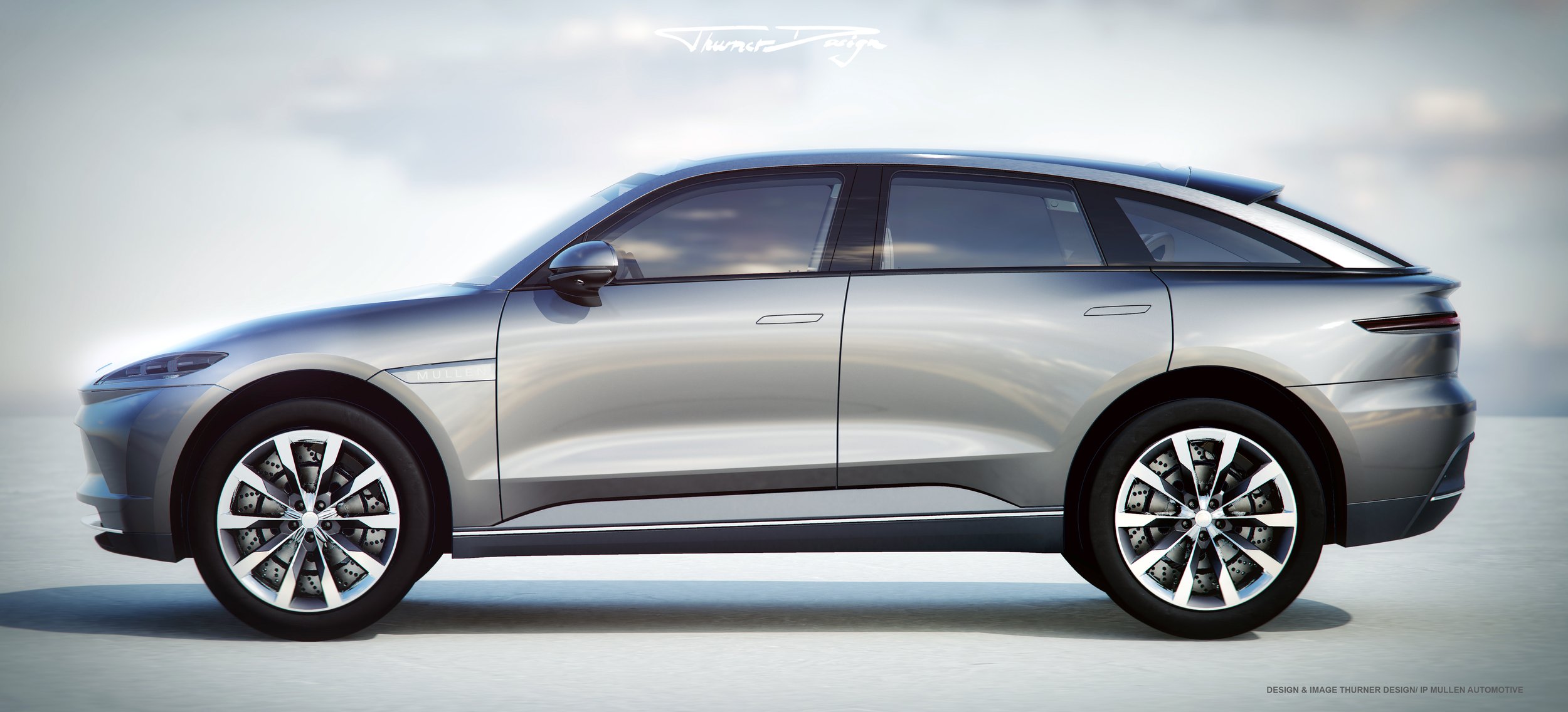
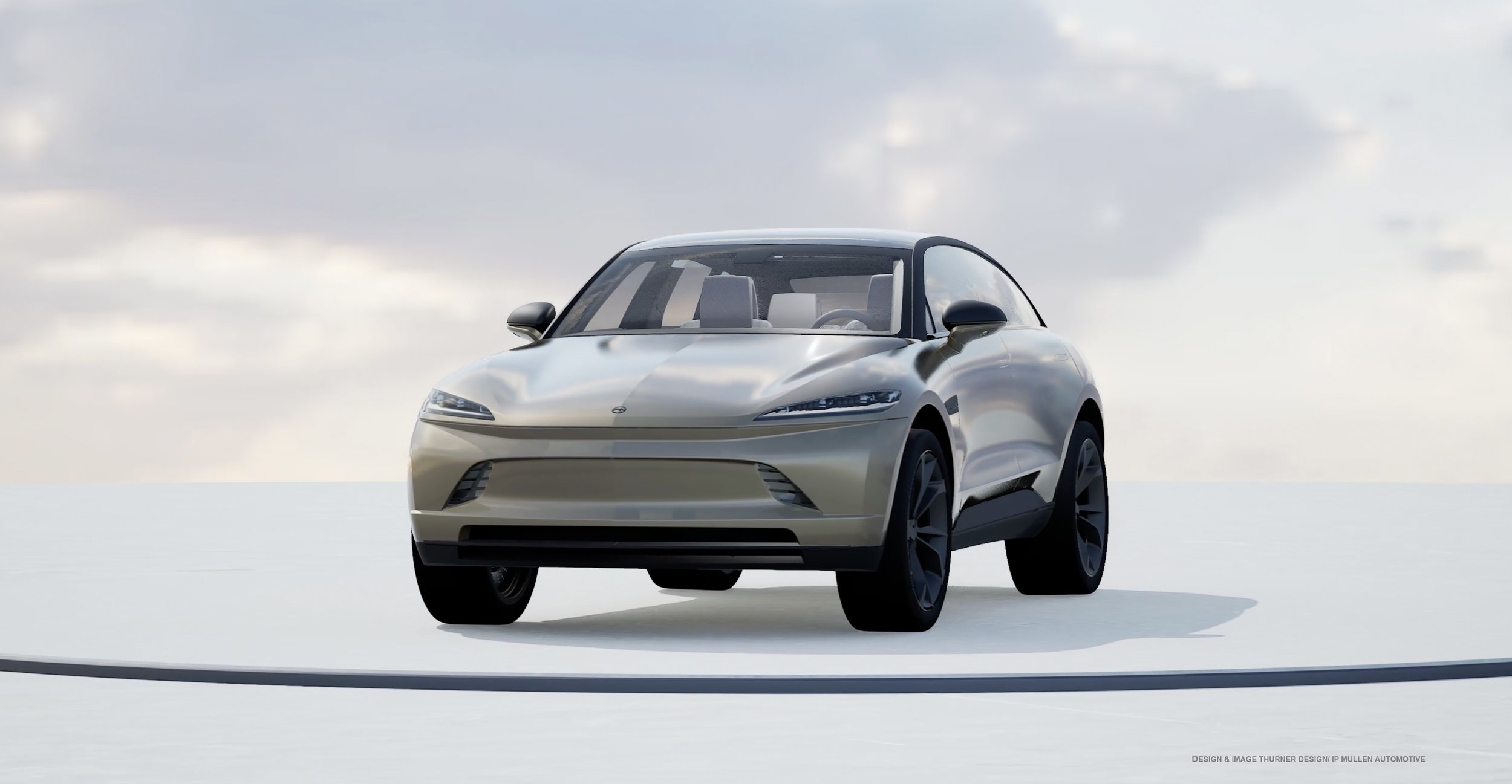

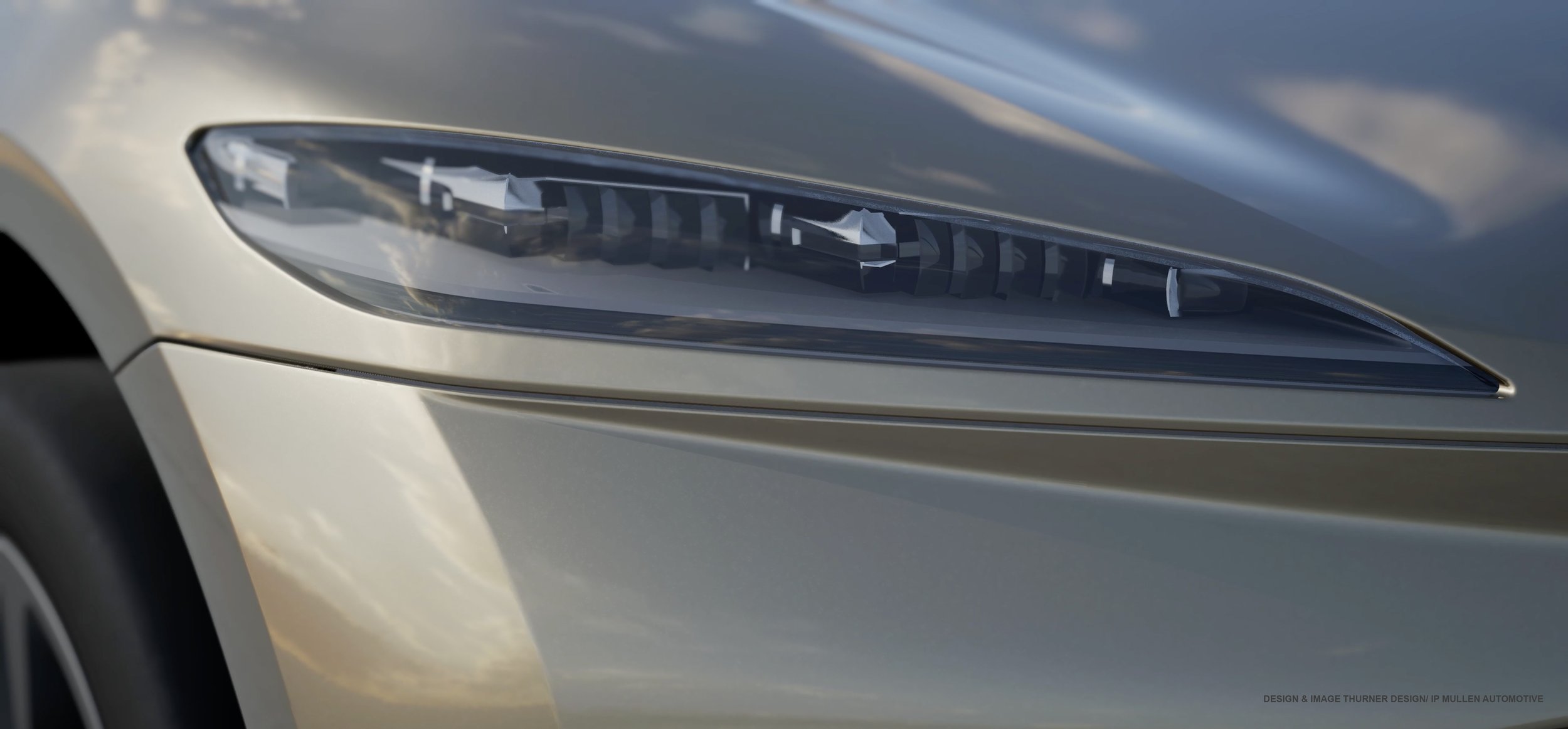
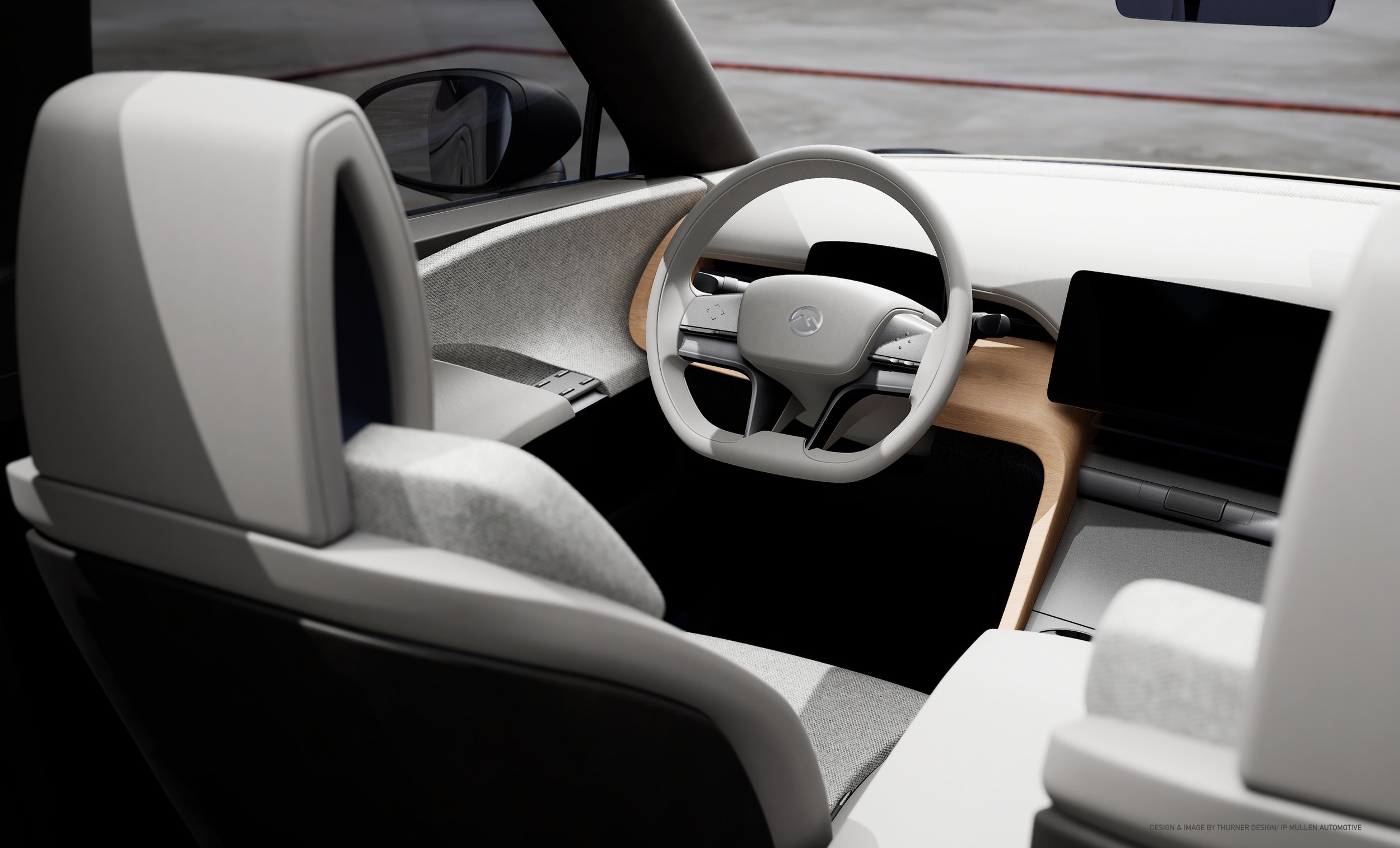
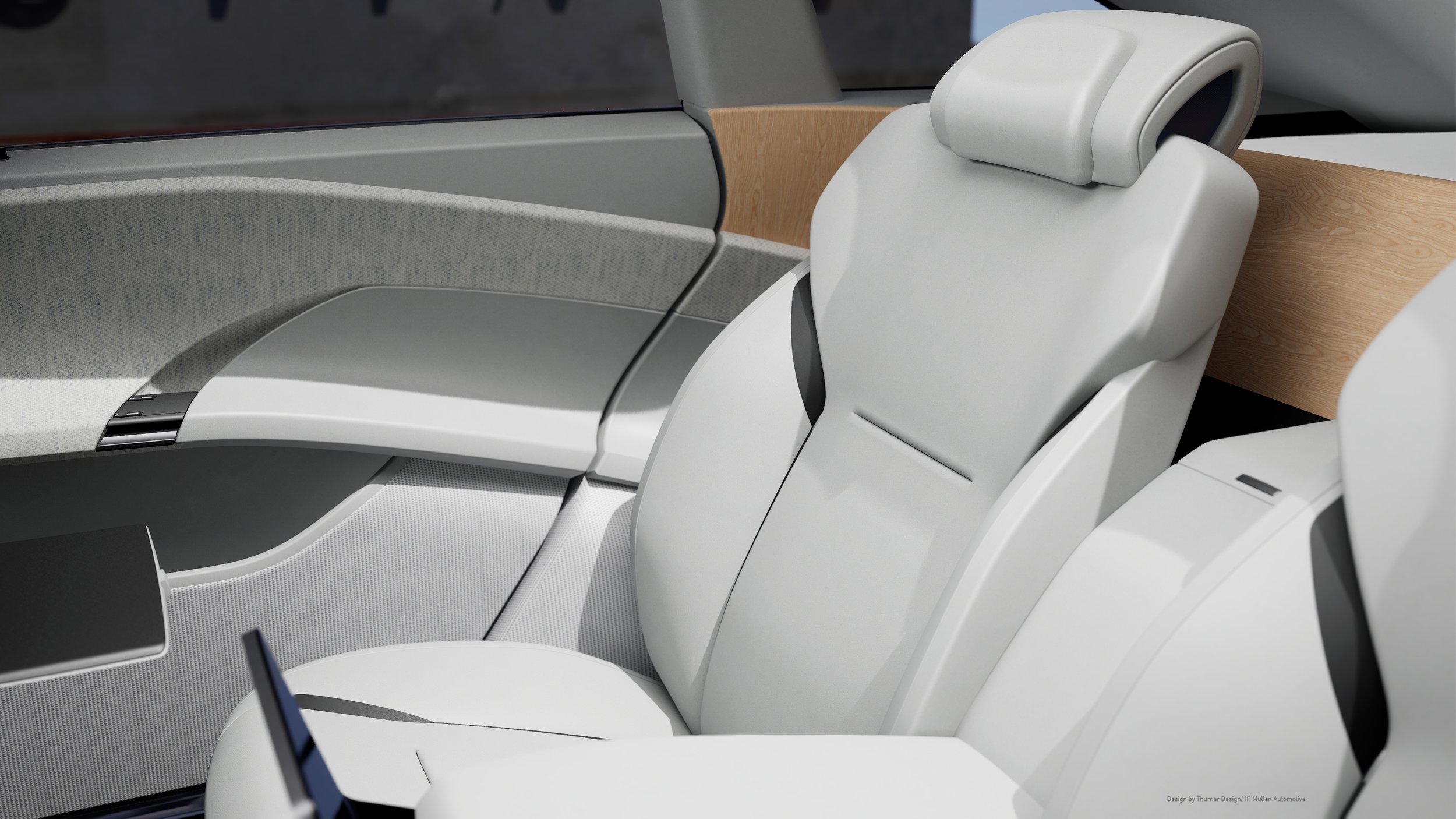







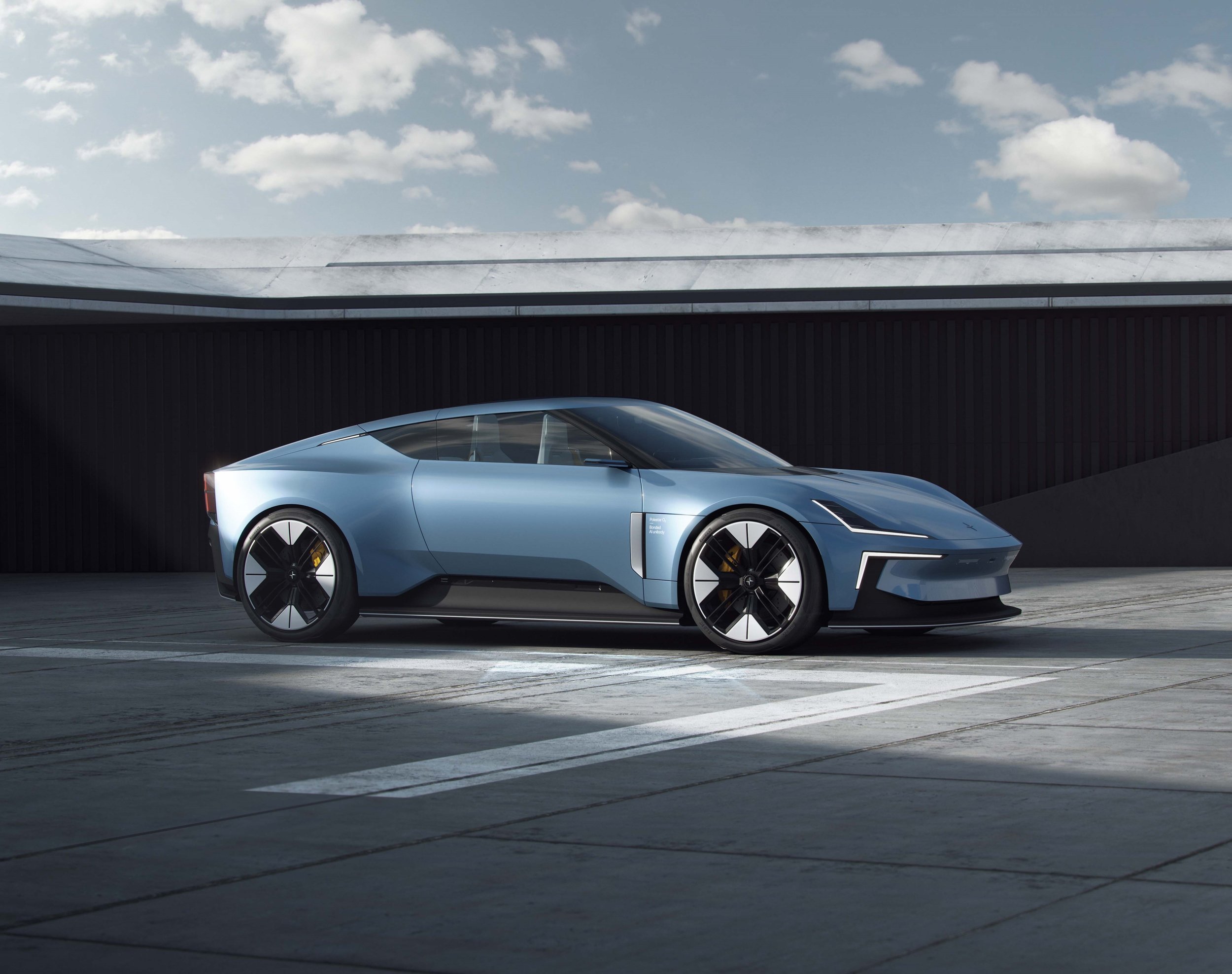



Car interior designer who created some of the most significant cabins of all time, most notably the Porsche 928’s